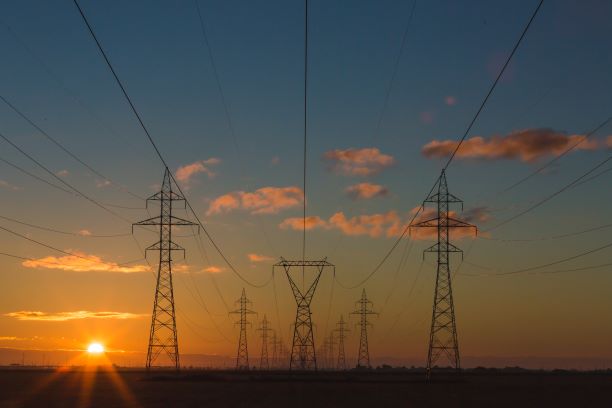Can Africans increase their access to energy faster and more broadly through an on-grid or an off-grid approach?
Practitioners, advocates and academics who work in the African energy space often fixate on this debate. But the 600 million people without access to electricity in Africa (and yes, it’s still 600 million) would likely prefer a little less debate and a lot more action.
Do most African countries need lower cost, more reliable grid power to power industries and drive economic growth? Yes, absolutely. More than one-half of African firms list power as the primary constraint they are facing, and power outages impact nearly 80% of firms in Africa.
Is it also unconscionable that two-thirds of households are living in the dark when there are affordable options on the market already? Also, absolutely yes.
The grid vs. off-grid debate misses the point. The twin goals of a) increasing affordable, reliable grid power for industry and growth and b) providing households with basic electrical service through off-grid solutions aren’t in conflict with one another.
In fact, they are complementary — because supporting off-grid electrification benefits the central grid and utility.
How Off-Grid Electrification Benefits Utilities
Connecting remote, rural households to electricity via a solar home system removes the burden from utilities to run long transmission and distribution lines just to reach a few communities or households. Utilities instead can then focus on providing reliable power to the largest power consumers.
Jay Taneja, an Energy for Growth Hub Fellow and an assistant professor of electrical and computer engineering and computer science at the University of Massachusetts, illustrates this burden in his recent research from Kenya.
Using data from Kenya Power, he shows that the average power consumption per residential customer in that country has dropped by 70% in the past 10 years.
While more recently connected households likely are more efficient energy users, they are also likely poorer and are not able to afford to pay for more electricity, according to his research.
Low electricity consumption means low revenue for the power utility, even though the cost of connecting these households is estimated at between $1,400 and $1,800 per household (with the latter number being more accurate for rural Kenyan households).
Off-Grid Disruption: Like Transportation Innovation, Not Mobile Phone Dominance
When trying to explain the technology disruption of off-grid energy, most people jump to the analogy of mobile phones. But while mobile phones have the potential to completely negate the need for landlines, the same isn’t true for electricity.
Power systems are more like large transportation systems. The central infrastructure (the subway and bus lines) are public goods. There may always be a need for government support for this basic infrastructure in population-dense areas.
The same is true for the central power utility: it can become cost-effective by serving the core of a metropolitan area and not trying to reach every individual household.
In transportation systems, such a focus works because there are private options or public private partnerships that fill in the gaps. Taxis, private cars and bicycles (and feet) fill part of the need, and now so do Uber, Lyft, Car2Go, BikeShare and the ever growing number of dockless bikes and scooters (the latter earning both devotees and detractors).
This competition to fill in the gaps and offer alternatives gives customers choices, making it easy to see the parallel with the off-grid power sector. A diverse range of private or semi-private solutions meet the needs of a range of customers who are not close enough to the central grid to make it a reasonable option.
No one questions the need for many different transportation choices. And no one is pushing urban buses to stop at every household. In the effort to bring electricity access for all in Africa, the solution is clearly that both grid and off-grid options are necessary.
But to make that happen, not only does there need to be a greater diversity of options, there also needs to be a greater diversity of funding.
The Goal: Ensure Many Options Work in Parallel for Industry, Business and Rural Households
Right now, the grid infrastructure in many African countries receives significant subsidy from the government and development banks. With so much public support, it’s easy to see why there is a social mandate to connect households instead of focusing on private industry. At the other end of the spectrum, private companies compete to launch and expand off-grid business, without regulatory support or public financing.
Instead, those government and development dollars could be spent providing guarantees on private investment in utilities and the grid network. And governments could embrace the off-grid options and consider them partners in meeting household energy needs. (This isn’t a uniquely African issue: New York City, for instance, has been debating using public funds to expand CitiBike to reach customers underserved by other transportation options.)
Governments need to use all tools available to them and allocate resources according to what will ultimately bring the greatest investment and serve the greatest number of people. The end goal shouldn’t be to ensure that one system “wins,” but instead that many options work in parallel to drive industries, keep shop lights on and improve the lives of rural households.
The false dichotomy of the off-grid vs. on-grid debate just perpetuates a dynamic that limits the choices — and futures — of hundreds of millions.

